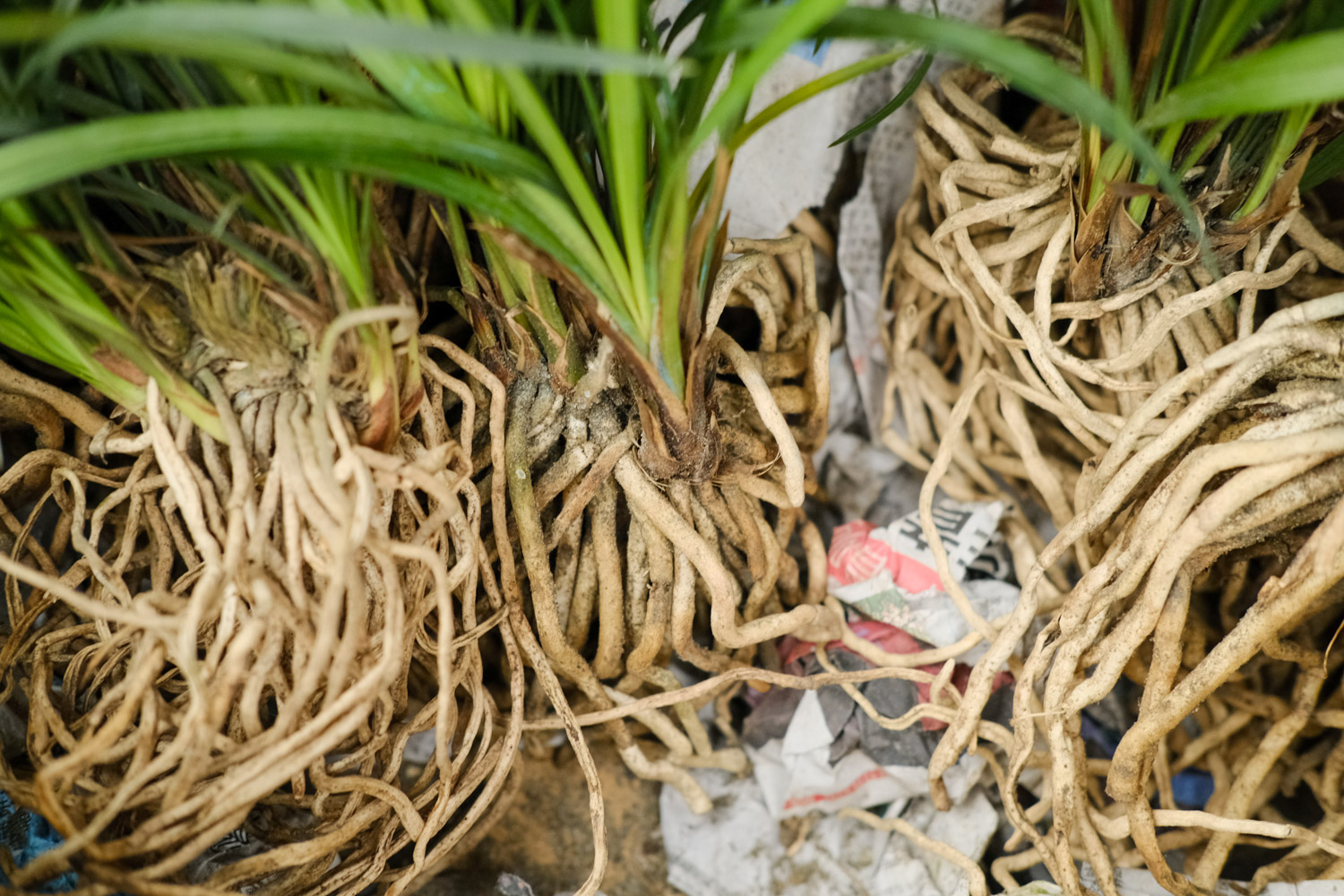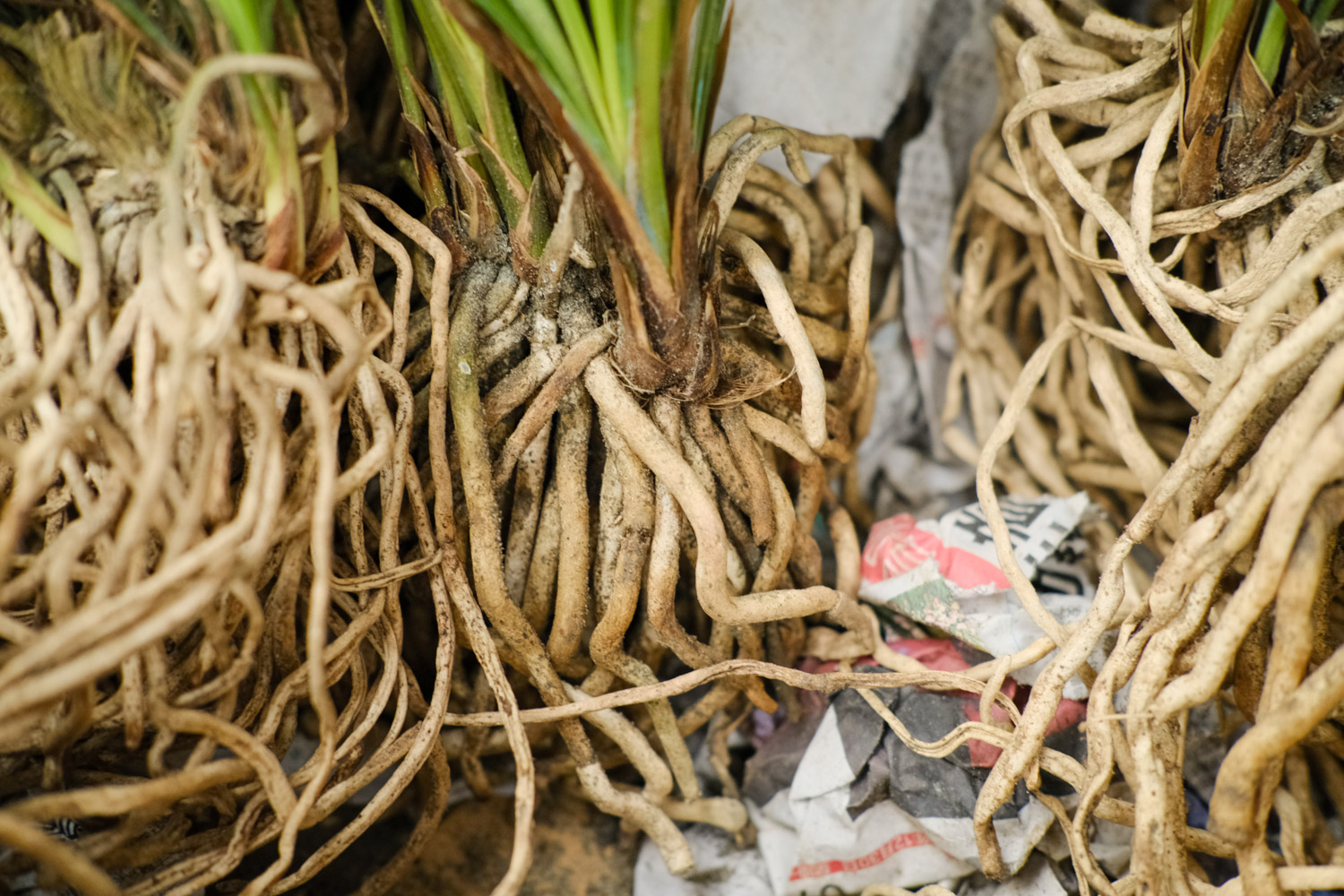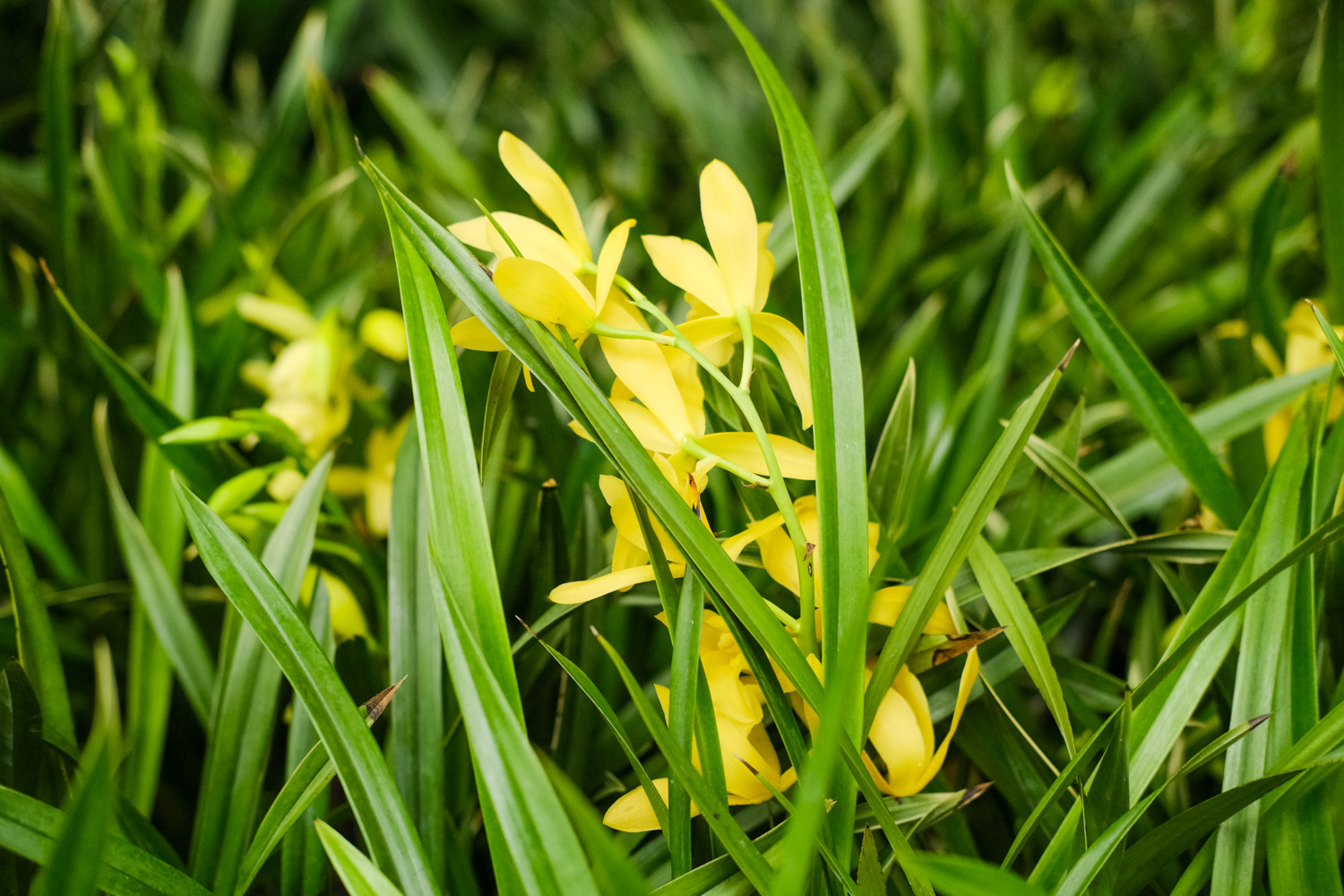1、 Curing method
1. Temperature: orchid is suitable for warm environment. It's better to keep it at 15 to 25 degrees as far as possible. Its high temperature tolerance is not very good, so it's best not to be higher than 35 degrees. Try to keep good ventilation conditions when the temperature is high. Moreover, too cold environment is not enough. It can be about 10 degrees during overwintering

2. Light: Orchid does not require too much sunshine, and the semi cloudy environment is more suitable for it. Too strong sunshine will burn its leaves and affect its flowering. Therefore, astigmatism can be provided in spring and autumn; In summer, try to put it in a semi shady or cool place. In winter, there is basically no need to shade

3. Watering: orchids need more water, so they must be watered when the substrate is semi dry. It's best to pour it thoroughly, but don't accumulate water. In addition, the water used should be slightly acidic and not too dirty

4. Fertilization: in order to promote the vigorous growth of orchids, fertilizer is very important. Fertilization is generally applied every ten days or so. In addition, base fertilizer must be added when planting and changing pots

2、 Breeding skills
1. Reproduction: ramet method can be used. Appropriate amount of water shall be poured before branching. Then take off the basin and divide it into several parts. Each part needs to have several fake bulbs connected together. Then prepare different flower pots and plant them separately

2. Pruning: after flowering, it is best to make appropriate repairs. When its last flower opens for a week, cut it three centimeters from the surface of the pot. Then is the pruning of its leaves. Its leaves are generally dense. If they are too messy, cut off some of them. The withered and aged should also be trimmed in time

3、 Diagnosis and treatment problems
1. Disease: the most common disease is called "soft rot". Once it occurs, it is very difficult to control. The infected part shall be cleaned in time, and then the agent shall be sprayed immediately

2. Insect pests: such as "scale insects", which are very common, can be sprayed with Omethoate and other pesticides. It can also be prevented in advance, spraying two to four times a year

4、 Other issues
1. Toxicity: it is non-toxic in itself, and the smell is also non-toxic

2. Whether it can be raised at home: Yes. Moreover, it is not only ornamental, but also has a good smell. Some varieties have a faint fragrance, which is suitable for indoor storage


 jackfruit
jackfruit snake plant
snake plant hibiscus
hibiscus hydrangea
hydrangea lavender
lavender Green roses climb al...
Green roses climb al... If you don't pay att...
If you don't pay att... Management of four g...
Management of four g...
































